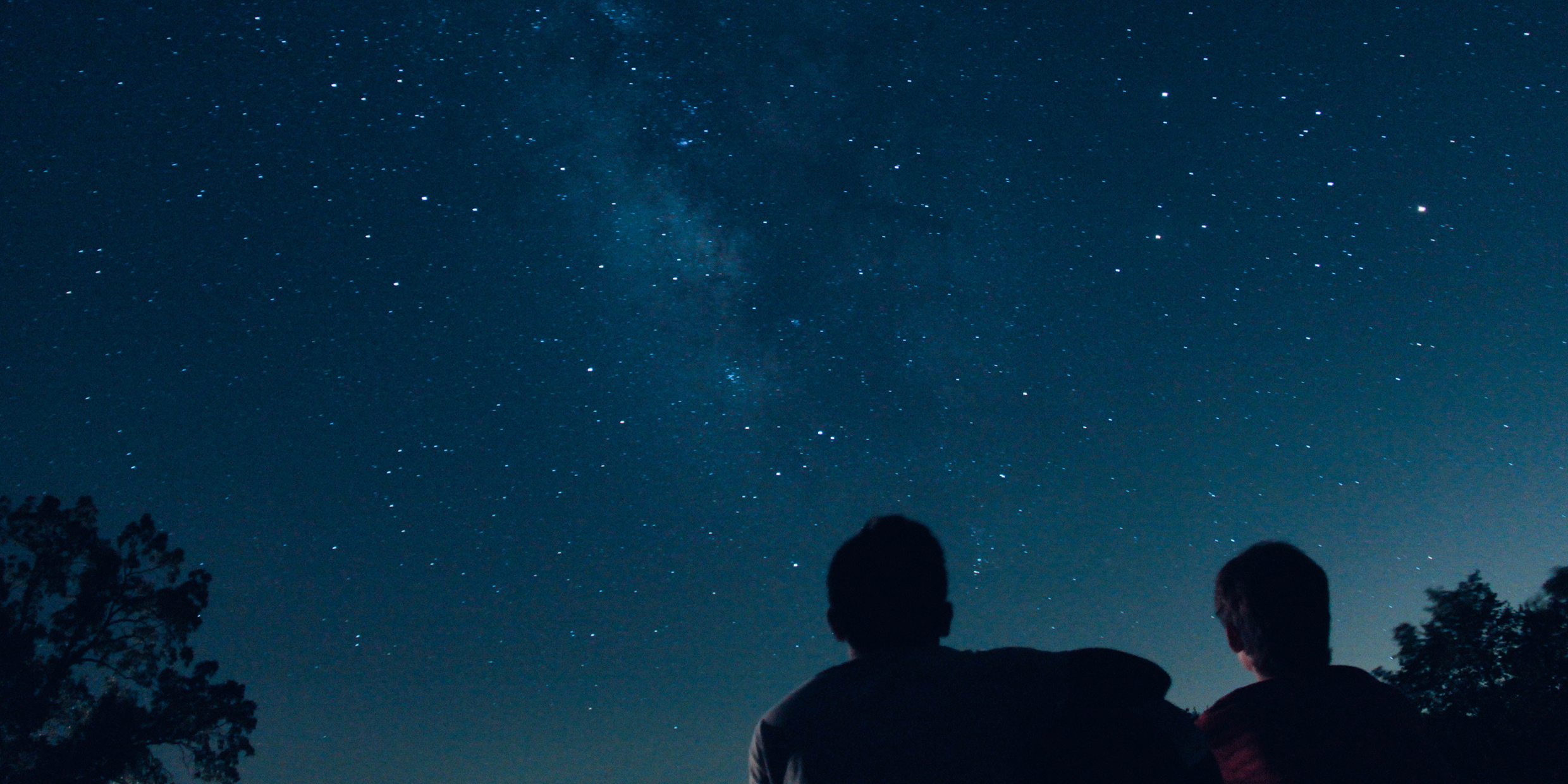Originally published 2 January 2001
Thank goodness for Guy Ottewell. If he didn’t exist, I would have to invent him.
I don’t know what else Ottewell does for a living, but one thing he has been doing for decades is put out an annual astronomical calendar of surpassing originality. It arrives every year in December and, during early winter evenings, I curl up with the calendar and plan my coming year of stargazing.
Actually, Ottewell’s book is more than a calendar; it is a compendium of all things astronomical that will happen during the year, described with a graphic flair that is the author’s particular genius. The calendar is useful for neophytes, but it also evokes the appreciation of experienced astronomers.
So what’s up this year? A full schedule of beauty, including some extraordinary gifts of grace that no skygazer will want to miss.
The year begins with Jupiter and Saturn marching single-file across the evening sky. By February, Venus is as bright as it ever gets, bright enough to spot with the unaided eye in a deep blue daytime sky. Folks will be calling the television stations asking what is the bright light in the northwest at sunset.
Fred Schaaf, who contributes Observers’ Highlights to the Astronomical Calendar, says that at a very dark site one might see Venus cast a shadow. I’ve never seen a Venusian shadow, but I’ll be in a dark site in February — a Bahamian island — and I’ll be looking for it.
By June, Mars will be closer and brighter than at any time in the last 13 years, a blazing red-orange ember in the summer sky, exactly opposite the sun. Then, in July, Venus, and Saturn perform a pas de deux in the morning sky near ruddy Aldebaran, blowing kisses across a tantalizingly narrow gap on the morning of July 15.
Two days later, they are joined by the crescent moon, and anybody who doesn’t get up to watch that stunning apparition doesn’t deserve a sky.
Venus changes partners in late October, dancing cheek-to-cheek with Mercury in the dawn. On Dec. 1, the full moon passes directly across Saturn for New England observers, a sort of mini-eclipse called an occultation.
I’ll be attending other celestial events this year in my imagination, with a little help from Guy Ottewell.
A total eclipse of the moon occurs on Jan. 9, although only for folks in Europe, Africa, and Asia. As the full moon passes into Earth’s shadow, we’ll be having afternoon tea in New England. So I peruse Ottewell’s diagrams and maps and imagine where I’d like to be for the eclipse.
The Seychelles Islands in the Indian Ocean would do nicely: A few drinks on the terrace of a nice hotel to accompany the balmy midnight lunar show, the moon shedding her bridal white for a chemise of dusky red. But, what the heck, as long as I’m armchair traveling, I might as well go to the moon and watch the eclipse from there: Lunar day turned to lunar night as the sun slips behind the Earth. No one, not even an astronaut, has seen that before.
The real whiz-bang drama will be the total eclipse of the sun on June 21, four minutes when the sun becomes a black hole punched in the sky. Solar eclipses occur over narrow paths of the Earth’s surface. Last year, I was on a ship in the Black Sea to watch a total solar eclipse, but this year I will have to pass. If I could go, I’d stay for a few days at Victoria Falls, in central Africa, then take the train up to Lusaka, the capital of Zambia, for the afternoon eclipse — two great wonders of the world in one trip.
When the sun goes dark in Lusaka’s summer sky, the winter stars of Orion will be visible, with Jupiter near the eclipsed sun between the horns of Taurus the Bull. It’s a rare treat to have a bright planet so near an ink-pot hole in the sky, and we can anticipate some gorgeous photos from those who are there.
No total solar eclipse will occur in the United States till 2017, but, in the meantime, Ottewell’s neat graphics are the next best thing to being there.
The heavens are half of our visual field. If we don’t pay attention to the sky, we are missing half of the beauty of the world. It’s an ever-changing show. I’ve been watching for a lifetime and there’s still a chance for something new: This year I’ll be looking for that elusive shadow cast by a planet, and trying to see how long I can follow morning-star Venus into the deep blue of daylight.
Guy Ottewell’s Astronomical Calendar for 2022 is available for purchase as a digital download directly from his website. ‑Ed.



